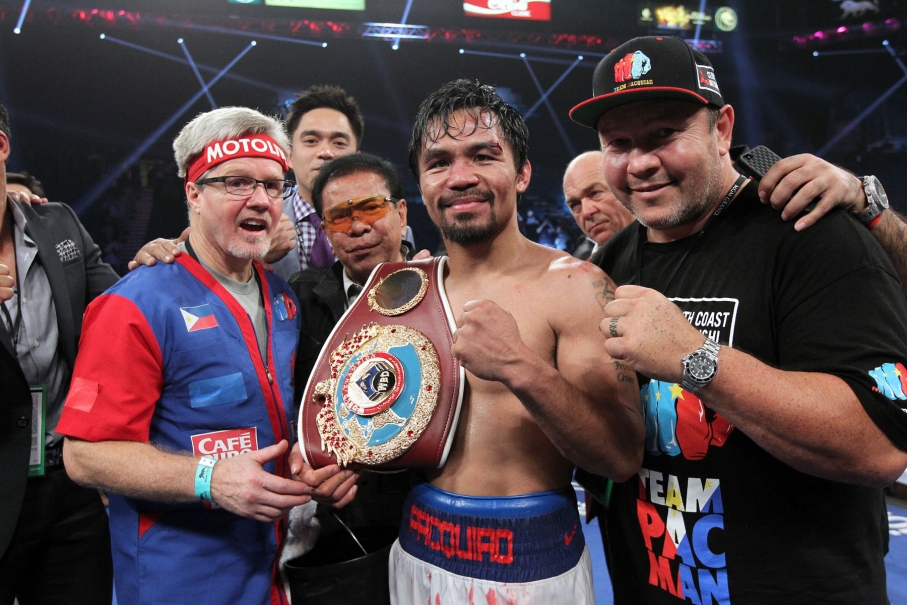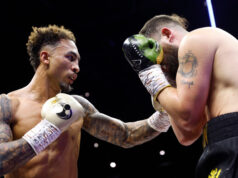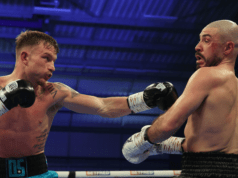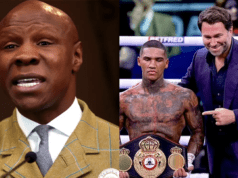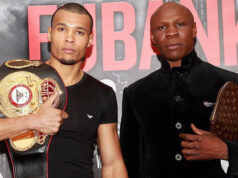The Philippines boast of a robust boxing history that in a pound-for-pound sense ranks high among the most boxing-rich nations in the world. Manny Pacquiao becoming a boxing superstar brought added distinction and more visibility to how much the sport is revered in this country. But even without Pacquiao, the Philippines had made an indelible mark on the sport. Let’s break it down along the lines in which we generally judge how big boxing is within certain countries:
Today’s Pro Fighters
The Philippines has always had a major presence in the lower weight classes. Other than Pacquiao, there haven’t been many Filipinos who have made an impact above 130 pounds, with most of the better fighters in the lowest of divisions. You can’t hold that against the country, though, as boxing is a small man’s sport in the Philippines. Still, Filipinos are a threat in many divisions and well-represented.
Points: 3/5
Fans & Venues
This is where the Philippines really stands out. The support for the sport is huge. Along with basketball, boxing is the most popular sport in the country, something that separates them from the rest of the pack. Here in the USA, for example, boxing is nowhere close to being the most popular sport. Seeing how a superstar like Manny Pacquiao can achieve a Muhammad Ali-like status speaks volumes as to how the Philippines perceives the sport of boxing.
The Philippine Arena, a modern arena with all the bells and whistles, has been erected and will soon host boxing events. Throughout the country, from the club-level to the title-fight level, there are countless venues that consistently pack crowds. Watch any fight from the Philippines and you very likely won’t see a lot of empty seats.
Points: 4/5
Amateur system
The amateur system is depleted with a lack of funds, hampering their ability to enrich their system on an international level. It prevents them from providing the best training, attending the most prestigious tournaments, and getting their fighters ready for the top reaches of amateur boxing. They fare well at the Asian Games, but haven’t made much of a dent at the Olympic level, with only 5 medal winners in their history and none of the gold medal variety.
The real work at amateur is more on an informal level, with the gyms throughout the country bursting with natural talent. An up-and-coming fighter can get good seasoning in this country and a testament to that is how many good pros emerge from the Philippines, despite less than illustrious amateur careers.
Points: 2/5
Professional system
A lot of gyms in the Philippines are reminiscent of the old urban gyms in the United States, when gyms were furnaces that tempered countless young men for battle. Throughout the country are bustling gyms, with young men trying to become the next Manny Pacquiao. Boxing is in the midst of a golden age, of sorts, in light of Pacquiao’s success. The gyms are full and with the amateur system not very appealing, the pros is where it’s at in the Philippines.
When looking at the world championship accomplishments of recent Filipino fighters, it’s obvious they’re doing something right. And not all those guys were like Pacquiao, who needed to come to the USA before really coming into his own. For generations, Filipino world champions, and some very good ones, have operated out of their homeland, with their native trainers, and relying on the Filipino boxing infrastructure to forge great pro careers.
Points: 3/5
History & Significance
Again, boxing in the Philippines is experiencing another renaissance period. The most visible person in the country is a boxer, which tells some of the story about the sport’s standing in the country. Their history goes back a long way, with 1920‘s champion Pancho Villa being the first Asian boxer to make an international splash. Villa, other than Pacquiao, is considered the finest Filipino boxer ever and one of the greatest flyweights of all-time.
Again, the higher-weight divisions were not in play, other than Ceferino Garcia winning the middleweight title. Two of the better 130-pounders were Filipino, with the great Flash Elorde at the top of the pile with a very good champion Ben Villaflor right in the mix. There have been some awesome Filipino flyweights, with the aforementioned Villa, as well as Little Dado, Small Montana, Dodie Penalosa, and Eribito Salavarria among the many great Filipino 112-pounders.
More recently have been ferocious 130-pound champ Rolando Navarette, one of the more formidable talents of the 80’s and Luisito Espinoza, who terrorized opponents from 118-126 in the 80’s and 90’s. The explosion of popularity of the sport has given way to more fighters, as Filipinos remain a presence in the lower divisions, with top-notch talent like Nietes, Johnriel Casimero, Malcolm Tunacao, and others, with more on their way up.
To really boil it down, having Pacquiao and Donaire on their roster (though Donaire is U.S. based) has made it so Filipino fighters have been focal parts of the discussion in recent years from flyweight all the way to welterweight. Having those divisions in the past decade-plus without those two fighters would have drastically altered boxing history.
Points: 5/5
Number of ProBoxing-Fans.com Top 20 Pound for Pound
Right now, there are two Filipinos in the top 20 and both are illustrious champions with countless titles between them–Manny Pacquiao and Nonito Donaire. With Donnie Nietes building a case for supremacy at 108 pounds, one could argue he belongs on this list, as well. Two might not sound like a lot, but for a relatively small country, having 20% of the top 10 is pretty impressive. With our point system, the Philippines gets 4 points for having a pair of top ten pound for pound entrants.
Bonus Points: 4
Overall Boxing World Cup Score for the Philippines: 21 points


